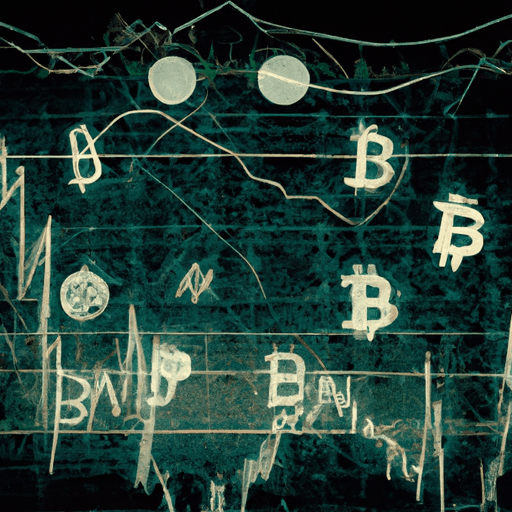
Ethena's USDe Growth and Bitcoin Demand Insights
By: Isha Das
In a rapidly evolving cryptocurrency market, Ethena's synthetic dollar, USDe, is making significant strides, potentially positioning itself as a serious contender against established stablecoins like USDC and USDT. From July to early August, USDe's market cap saw a sharp increase, climbing from approximately $5.33 billion to over $9.3 billion, reflecting investor enthusiasm and increased minting activity. This jump has placed USDe in the number three spot among stablecoins, trailing only behind USDT and USDC.
USDe's operation is based on a delta-neutral, crypto-native strategy that combines long positions in digital assets such as Bitcoin and Ethereum with short positions in perpetual markets. This mechanism aims to offer attractive returns while bypassing traditional banking intermediaries. Ethena's innovative approach, however, raises questions about its sustainability, especially as market conditions fluctuate. As Guy Young, the project's founder, highlights, the goal is to provide a risk profile distinct from conventional fiat-backed stablecoins.
Despite the challenges, USDe's rise has disrupted the stablecoin rankings, surpassing competitors like DAI, now rebranded as USDS. This ascent in a market primarily dominated by fiat-backed coins suggests that a non-fiat-backed stablecoin can achieve considerable scale. However, the model's sensitivity to market dynamics, such as funding risk, remains a concern. The recent trajectory of USDe draws attention to both its potential and the inherent risks associated with crypto-native financial structures.
Meanwhile, Bitcoin’s recent market behavior reflects a strong underlying demand, even amid price volatility. Although Bitcoin experienced a price dip, dropping below $113,000, demand metrics suggest robust buying activity. Accumulator Addresses, which reflect holders acquiring Bitcoin without selling, indicate a continuous accumulation trend, with over 160,000 BTC added in recent weeks. Demand from OTC desks further highlights long-term institutional interest, as large-scale buyers persistently remove Bitcoin from circulation.
The market dynamics around Bitcoin remain bullish in the long term, supported by a positive Apparent Demand metric and decreasing BTC supplies in OTC transactions. Despite a current resistance at $115,724, indicators suggest potential for Bitcoin to surpass key resistance levels, heralding stronger upward momentum. For investors and analysts, these patterns reveal promising growth opportunities and underline the unpredictable yet intriguing nature of the cryptocurrency landscape.
As stakeholders navigate these shifts, the crypto ecosystem continues to evolve, displaying both innovation through new financial models like USDe and resilience in traditional assets like Bitcoin. The interplay of these dynamics will be critical in shaping the future trajectory of digital currencies.



